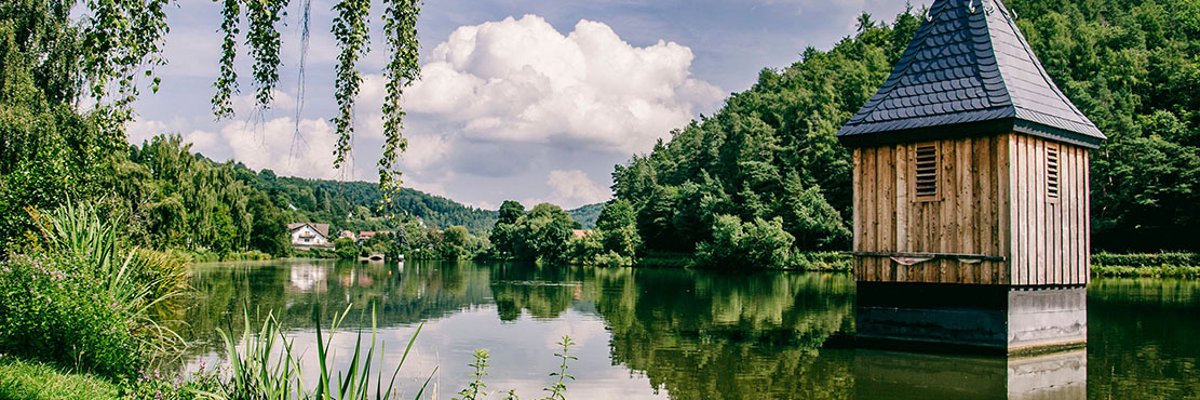Location & Economic Development
Location & Economic Development
From school to training to university - from career entry to professional, start-up or company succession: all career paths are open in Waldeck-Frankenberg. More than 10,000 companies, consisting of global market leaders, medium-sized and smaller businesses, create attractive prospects for the future.
Skilled workers, career starters, career changers or professionals can get off to a flying start here and make a career in a wide variety of sectors and fields. Leading global players, medium-sized companies and the skilled trades offer a wealth of career prospects.
History of the district
The present-day district of Waldeck-Frankenberg was formed by the merger of the two formerly independent districts of Frankenberg and Waldeck.
Altkreis Waldeck
The history of Waldeck begins in 1180 with the seizure of Waldeck Castle by the Counts of Schwalenberg, who later called themselves the Counts of Waldeck. Subsequently, the Counts of Waldeck extended their rule over the Korbach and Wildung area. After the turmoil of the Thirty Years' War, Waldeck's independence was manifested in the Peace of Westphalia of 1648. Under Count Georg Friedrich, the land received a streamlined and equitable reorganisation of administration and legislation towards the end of the 17th century, which continued to have an effect into the 19th century. Waldeck became a principality in 1711. The seat of the Princely House and the administration was Arolsen from 1719. In 1878, the principality subordinated most of its administration to Prussia, but without giving up its independence. After the First World War, Waldeck became a free state until it was annexed to Prussia on 1 April 1929 and assigned to the administrative district of Kassel. On 1 February 1942, the district of Waldeck was created by merging the districts of the Eisenberg (seat Korbach), the Eder (seat Bad Wildungen) and the Twiste (seat Arolsen).
Old district of Frankenberg
The Frankenberg area was the object of constant feuds between the Landgraves of Hesse-Thuringia and the Archbishopric of Mainz from the 12th century onwards. In the 13th century, Battenberg became the regional centre under Mainz's feudal sovereignty, and in 1327 Rosenthal castle and town were established. In 1240, the Hessian landgrave founded Frankenberg, which quickly developed into a flourishing town due to its geographical location on the trade routes Frankfurt-Bremen and Cologne-Leipzig. During the Thirty Years' War, French and Swedish troops in particular ravaged the country; the population losses were considerable. New settlements arose when Huguenots and Waldensians expelled from France settled. On 29 June 1821, the district of Frankenberg was formed from the offices of Frankenberg, Rosenthal, Haina, Hessenstein and the court of Viermünden. In 1867, the Amt Vöhl was incorporated, and in 1932 the Amt Battenberg was added.
The district of Waldeck-Frankenberg received its current territorial layout within the framework of the territorial reorganisation at district level, which led to a restructuring of the original 39 districts into the 21 districts that now exist in the state of Hesse between 1972 and 1977.
Cities and municipalities
The district of Waldeck-Frankenberg is divided into 21 towns and municipalities:
Business development
Optimally networked: Wirtschaftsförderung und Regionalmanagement Waldeck-Frankenberg GmbH is a service provider for companies and municipalities in the district. As a link between business and public administration, it bundles information, promotes entrepreneurial commitment, advises on in-service training opportunities and supports companies in their search for locations and funding. In addition, it implements numerous projects to raise the profile of the region.
Development of population figures in the district
The current population figures for the district of Waldeck-Frankenberg can be found here.

